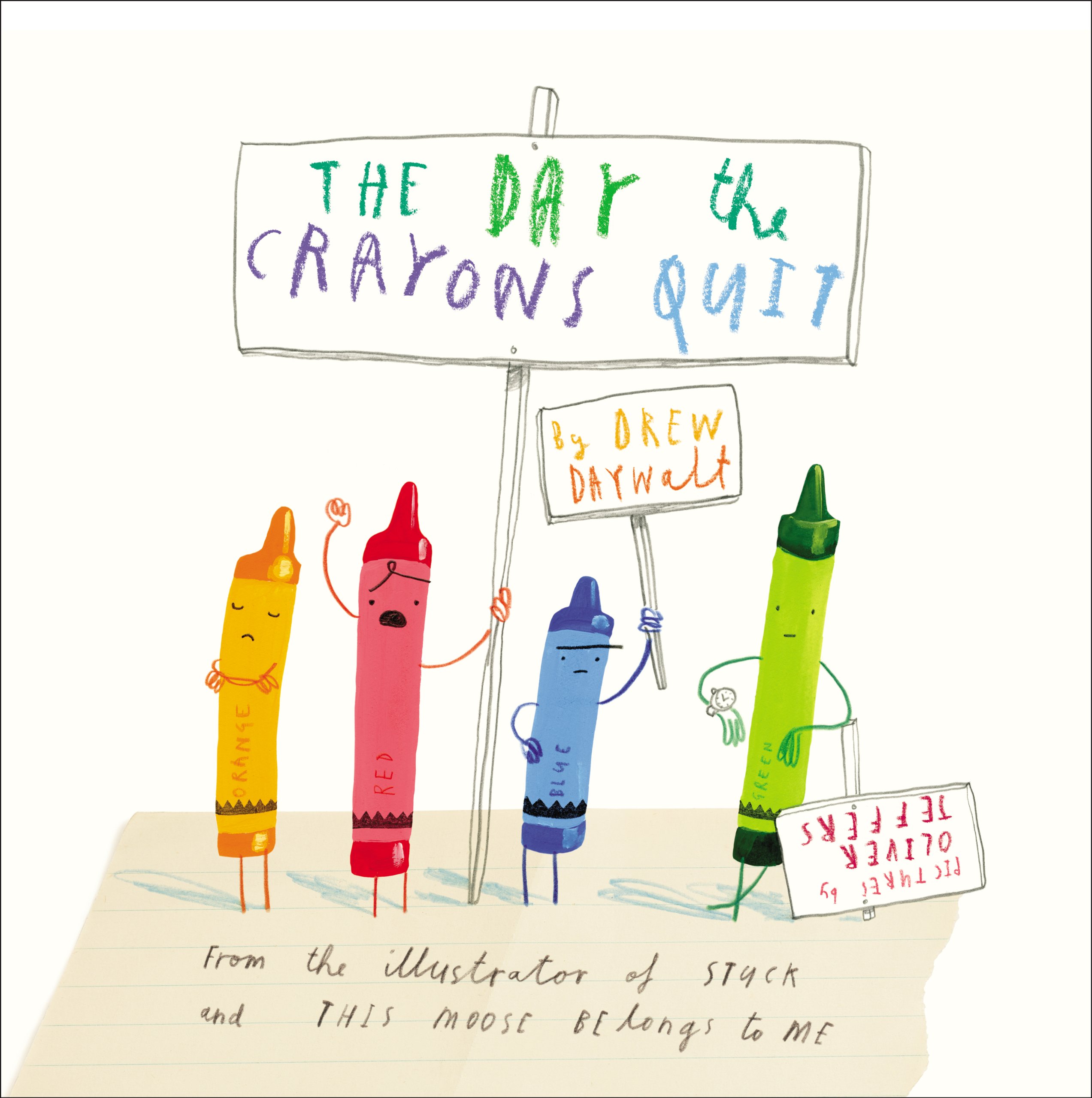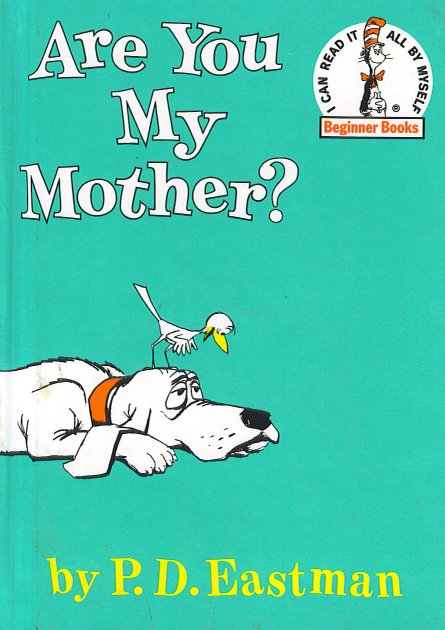Polacco, Patricia. (2013).
The Blessing Cup. New York: Simon and Schuster Books For Young Readers.

This book won the National Jewish Book Award. This book is a heart warming story about a little girl's great-grandmother' journey to America. Her great-grandmother, Anna, struggles through being the oppressed ethnicity, Jewish, in Russia. Anna's mother received an exquisit tea set as a wedding gift, and the note inside said that everyone who drinks from the tea set will get a gift from God—know love and joy and never be poor! the family was financially poor, but they had love and were blessed by God. One day, they were forced to leave Russia and make the rough journey to America because they were Jewish. They were forced to sell all of their posessions, but they were able to keep the tea set. Her father got sick on the journey, but fortunately, a doctor took them in his home. The doctor nursed her father back into health, fell in love with the family, and shared God's blessings through the tea set. However, they were caught and forced to leave. Strikingly, the family left the tea set in thanks to the doctor, but they kept one cup. The family made it to America and shared their cup of God's blessings through the generations.
I think this book would be a great way to talk about blessings near Thanksgiving.
Another idea I had was to use this book as a read-aloud to introduce the Holocaust to a young group of students. Since it is a heavy topic, I think this book is a first step into understanding the Holocaust.
Like I mentioned, i would use this book as a read-aloud because of the heavy content and because of the length.
The pictures in this book may seem dull at first to a young child. However, the creativity and purpose behind her artwork in this book is amazing. Her use of black and white allows the few images per page that are in color to pop. Children's focus will go to the colored image on the page first. It would be interesting to have students notice each colored image on the pages and describe why they think the author chose that image to have in color. This would encourage critical thinking and a good grasp of comprehension of the story.
The following is a link to a website talking about children's diaries during the Holocaust:
http://www.ushmm.org/wlc/en/article.php?ModuleId=10007952 Depending on the age group, i think it would be neat to read a children's version of another child's diary during the Holocaust. I also think it would be neat to teach students diary writing at this time and have them keep their own diary for awhile.






